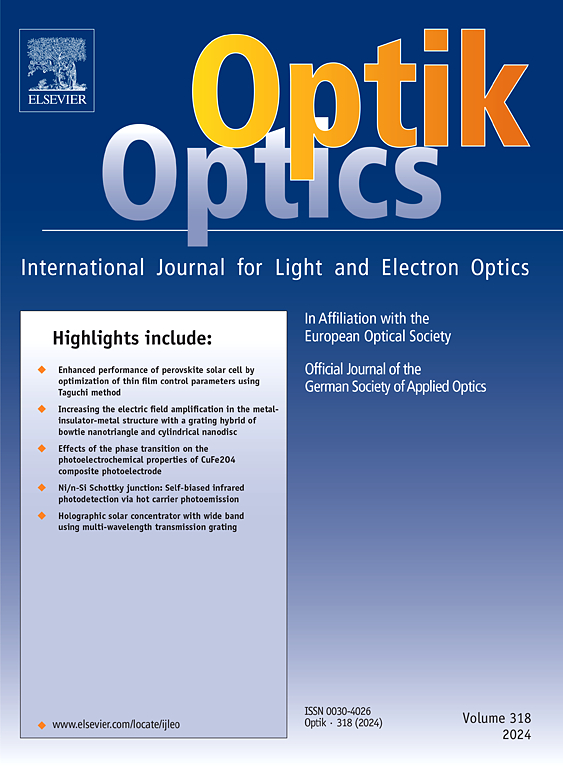Noiseless linear amplification for Einstein-Podolsky-Rosen steering swapping
IF 3.1
3区 物理与天体物理
Q2 Engineering
引用次数: 0
Abstract
Entanglement swapping, a crucial technique for establishing a global quantum network, enables independent quantum states to become entangled without direct interaction. This remarkable technique can also be effectively applied to Einstein-Podolsky-Rosen (EPR) steering swapping. EPR steering, which is a kind of quantum correlation between entanglement and Bell nonlocality, is considered as a valuable resource for secure quantum communication. However, in practical applications, quantum states often need to be transmitted over long distances before entanglement or steering swapping. Unfortunately, unavoidable loss and noise will degrade the correlation characteristics of quantum states. As a result, it may become difficult to generate steering after steering swapping. In this paper, we propose the application of noiseless linear amplification (NLA) technology to the EPR steering swapping for the first time. We theoretically analyze the effects of NLA on steering swapping. Results indicate that NLA can change the original channel optimal gain, effectively expand the range of achievable channel gain and the transmission distance. It can also tolerate higher levels of excess noise, and improve the steerability of quantum states. Steering swapping has important applications in building wide area quantum communication networks, thus paving the way for the establishment of reliable and efficient global quantum networks.
求助全文
约1分钟内获得全文
求助全文
来源期刊

Optik
物理-光学
CiteScore
6.90
自引率
12.90%
发文量
1471
审稿时长
46 days
期刊介绍:
Optik publishes articles on all subjects related to light and electron optics and offers a survey on the state of research and technical development within the following fields:
Optics:
-Optics design, geometrical and beam optics, wave optics-
Optical and micro-optical components, diffractive optics, devices and systems-
Photoelectric and optoelectronic devices-
Optical properties of materials, nonlinear optics, wave propagation and transmission in homogeneous and inhomogeneous materials-
Information optics, image formation and processing, holographic techniques, microscopes and spectrometer techniques, and image analysis-
Optical testing and measuring techniques-
Optical communication and computing-
Physiological optics-
As well as other related topics.
 求助内容:
求助内容: 应助结果提醒方式:
应助结果提醒方式:


